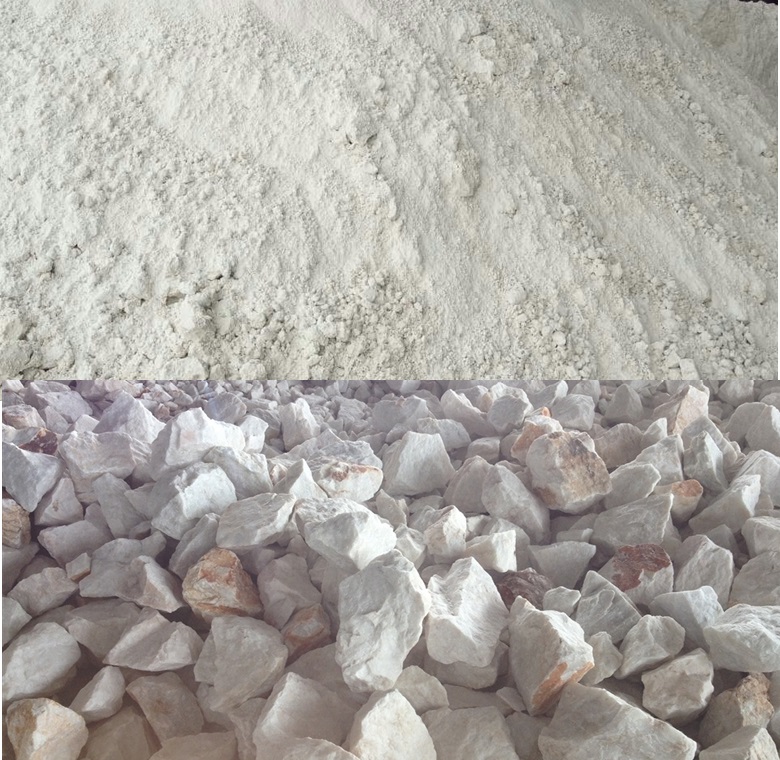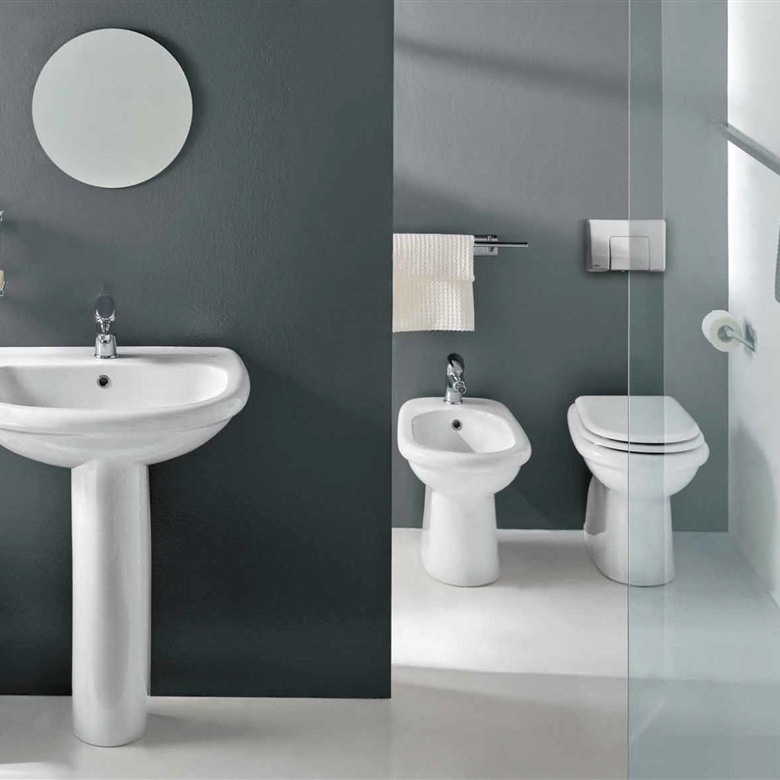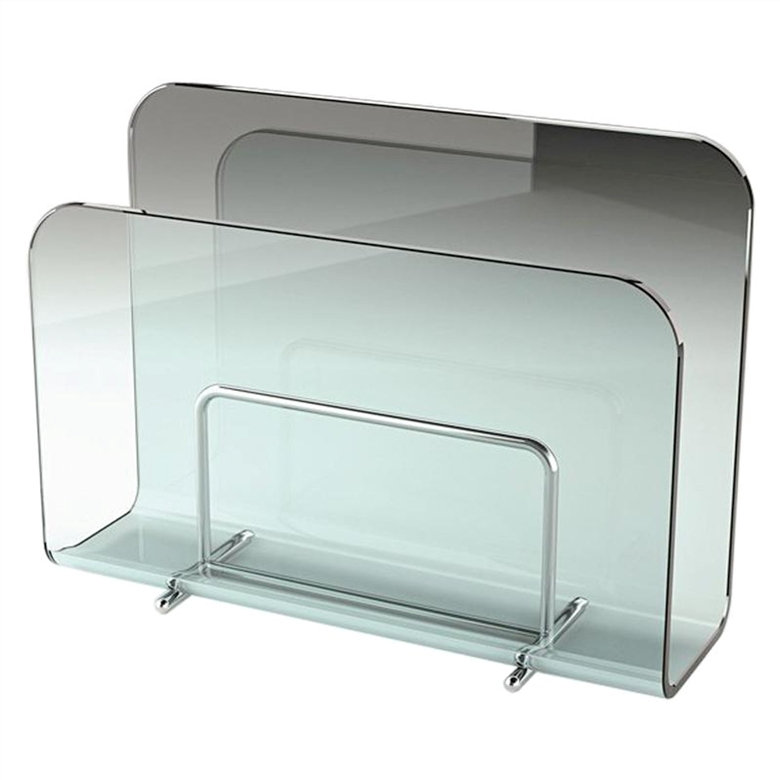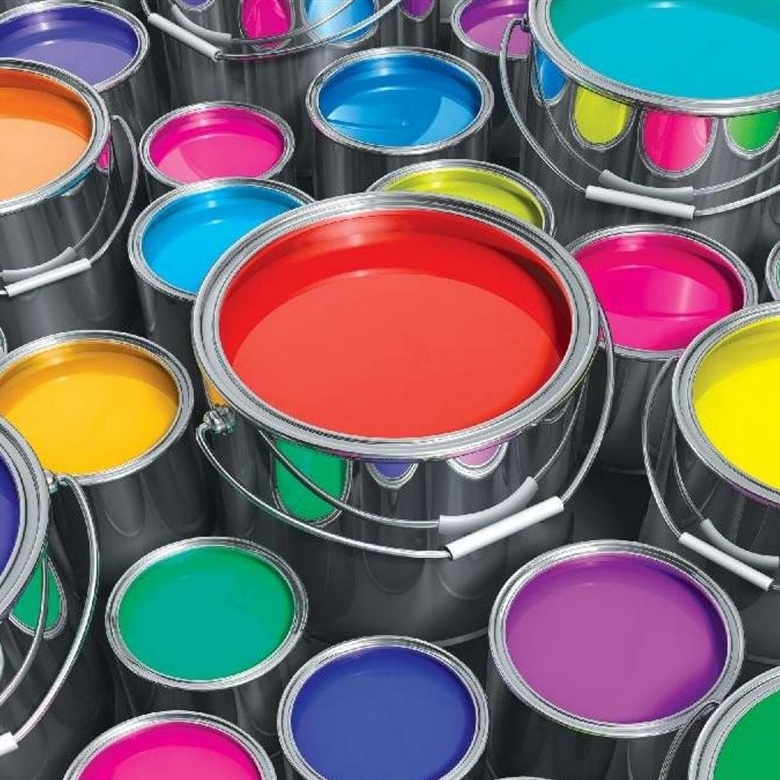Feldspar
Feldspar is by far the most abundant group of minerals in the earth's crust, forming about 60% of terrestrial rocks. Most deposits offer sodium feldspar as well as potassium feldspar and mixed feldspars. Feldspars are primarily used in industrial applications for their alumina and alkali content. The term feldspar encompasses a whole range of materials. Most of the products we use on a daily basis are made with feldspar: glass for drinking, glass for protection, fiberglass for insulation, the floor tiles and shower basins in our bathrooms, and the tableware from which we eat. Feldspar is part of our daily life.
Feldspar minerals are essential components in igneous, metamorphic and sedimentary rocks, to such an extent that the classification of a number of rocks is based upon feldspar content. The mineralogical composition of most feldspars can be expressed in terms of the ternary system Orthoclase (KAlSi3O8), Albite (NaAlSi3O8) and Anorthite (CaAl2Si2O8). Chemically, the feldspars are silicates of aluminium, containing sodium, potassium, iron, calcium, or barium or combinations of these elements.Basically, the two properties which make feldspars useful for downstream industries are their alkali and alumina content. On those elements we can distinguish three families: Feldspathic sand, Pegmatite and Feldspar. A further distinction can be made between sodium, potassium and mixed feldspars, depending on the type of alkali they contain. Feldspars play an important role as fluxing agents in ceramics and glass applications, and also are used as functional fillers in the paint, plastic, rubber and adhesive industries

Technical Details
| Parameter | Percentage |
| K2O | 10 to 12% |
| NA2O | 2 to 3% |
| SiO2 | 66 to 69 % |
| Fe2O3 | Below 0.5 % |
| Al2O3 | 16 to 17 % |
| CaO | 0.2 to 0.3 % |
| MgO | absent |
| LOI | 0.2 to 0.3 % |



